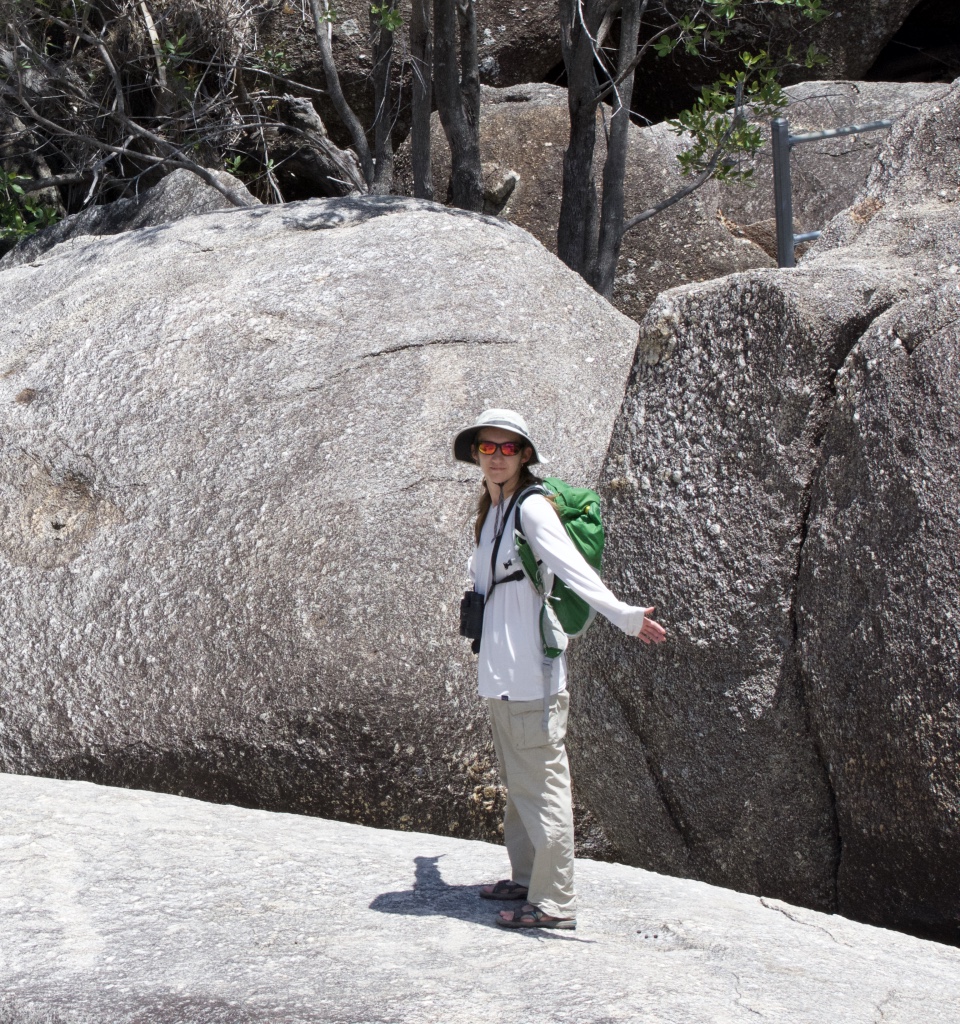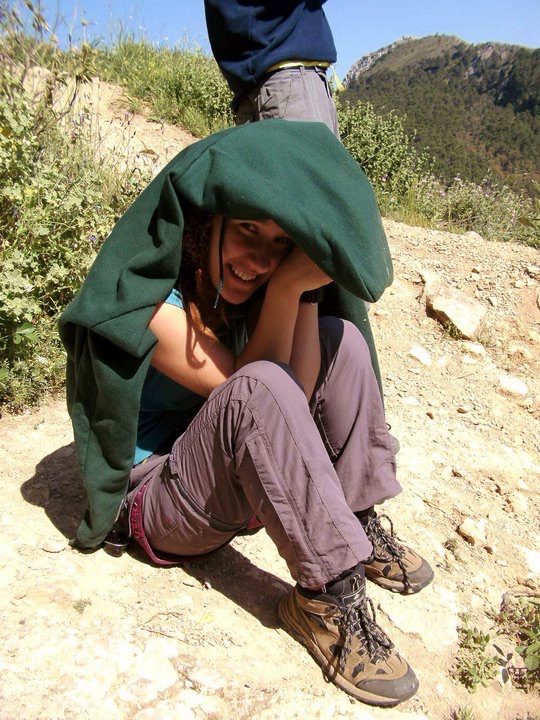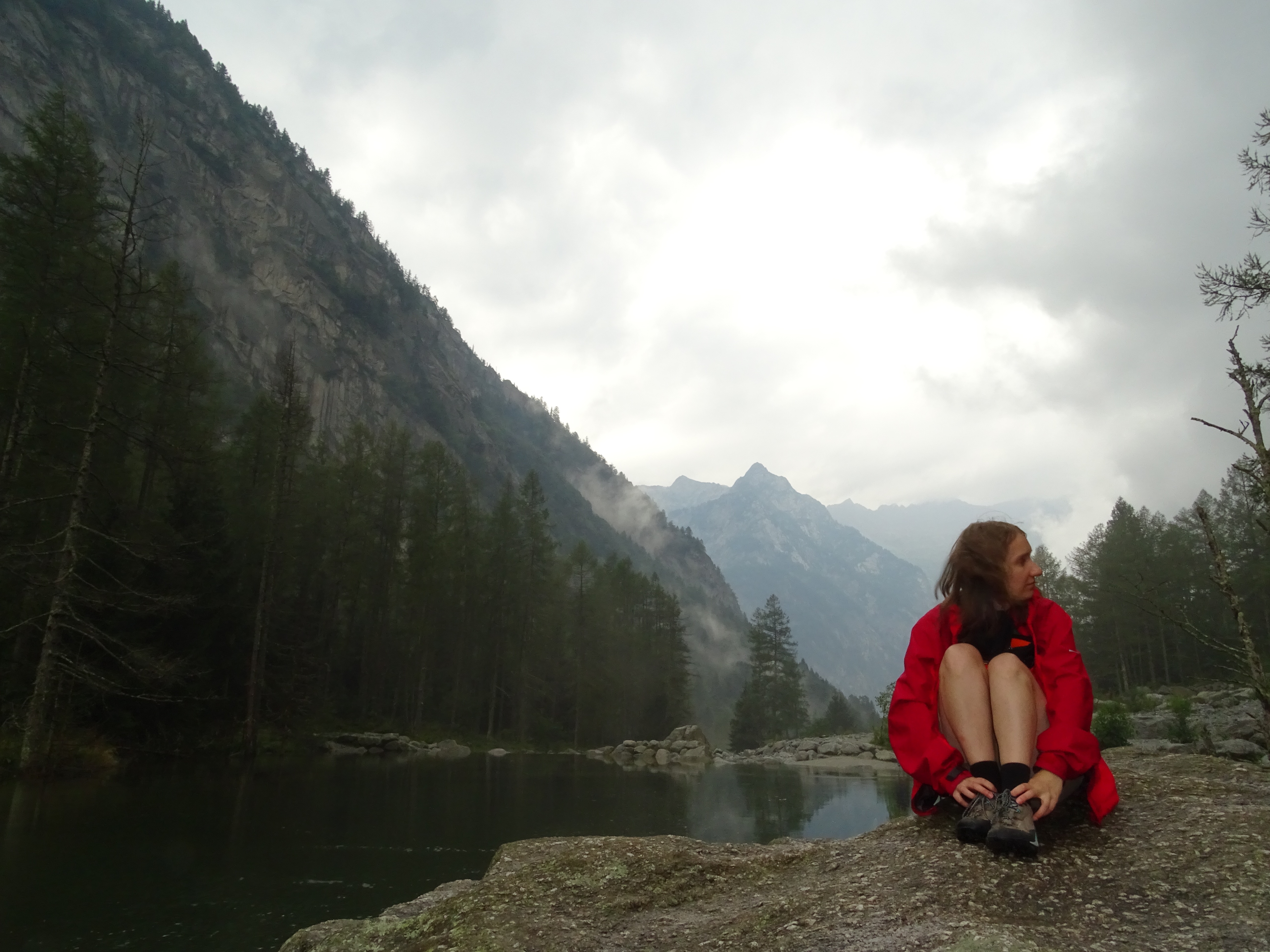This post is part of a Fieldwork Tips series. Check out also Dress for Success! Part 1, which covers materials and layering system.
Short vs Long
No matter how hot I tend to wear long trousers. While I worked in the Caribbean they helped with the prickliness of the vegetation (canvas ones work well, although still didn’t prevent the bigger cacti poking through when I managed to fall onto them…), when I’m in grasslands they help with my grass allergies and prevent me from getting rashes. They help with ants and mosquitos. They limit exposure to sun and abrasions from rocks when I climb.

Boots
Good footwear is a must. I usually go for lightweight hiking boots or approach shoes (with toes protected as I tend to kick things) and avoid Goretex, unless I know it’s going to be very very wet (but frankly if it is that wet I might as well wear wellies). I also have a pair of trekking sandals that I like which are great for crossing rivers (grippy, dry fast) or hanging in after work/around the campsite. Leather boots might be a good option for many provided you can afford them and don’t have an issue with leather.

Rain gear
A good, packable waterproof can be a life-saver. If you are likely to wear it for prolonged periods of time and during high aerobic activities make sure it’s breathable. Most waterproofs can be divided into: (1) coated fabrics (limited breathability; good for mid-level activities), (2) laminates/membranes (various levels of breathability: tiny pores that allow water vapour to evaporate through from inside), (3) páramo (great breathability and insulation; it can move moisture and not just vapour).
Make sure it fits properly - you can wear your other layers underneath without a problem, it’s not so short so that it rides up all the time, zips properly all the way to your chin, fastens tightly around your wrists, has a hood etc.

Hats
Best sun hats are breathable and wide brimmed - I know many people use a cap, but I get my ears burned. The wide brim protects the ears, most of my face and also the back of my neck. And it also makes me look like Jane from Tarzan according to my field assistant, so that’s an extra plus! The one thing I don’t like about my current hat is how shallow it is - it comes straight off when it’s windy, so that’s something to look out for.
If you work in rainy conditions a good hat should also be water resistant so that it can keep your head dry/warm and keep the rain out of your face.
In cold conditions a warm hat is a must, but make sure that it covers your ears fully and that it’s wind proof enough. I’m a fan of buffs and usually have two on me when mountain walking in winter - one to go on my head in addition to a hat + one to go around my neck. They are light and packable, so taking an extra is not a problem.
Sun protection
In addition to a decent sunhat it’s important to have a good pair of sunglasses when it’s bright, or you will get headaches.

So… What do I wear?
For years my outdoor clothes were “designated” to their fate when they were too damaged to be used for anything else. For some things this works really well - e.g. when I work in places where I know I’m going to tear a shirt after shirt I don’t want to pay loads of money for the clothes. But I do have a few nicer additions to my wardrobe that I use now, since my fieldwork is more civilised, e.g. I have some long sleeves Patagonia shirts. They are UPF50+, super comfy and soft, dry quickly etc. I also like Patagonia as they are environmentally responsible. I try to buy good enough quality so that the new clothes will last me years. It’s great to have fewer, but better, more versatile things. It also makes it easier to pack!
Make sure you have one set of nicer non-fieldwork clothes. You never know when you will get invited to a BBQ with the Island Governor and his family! {true story}